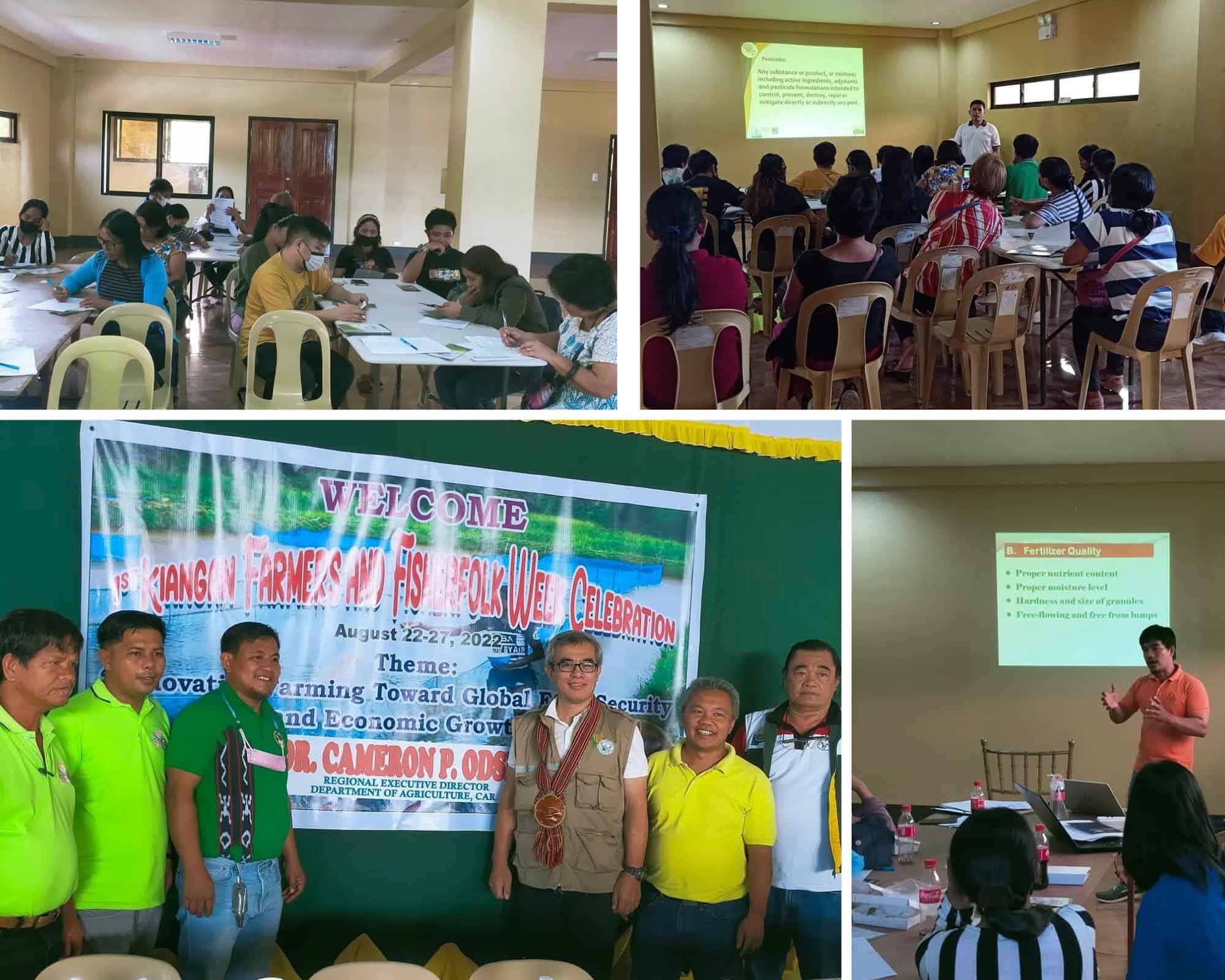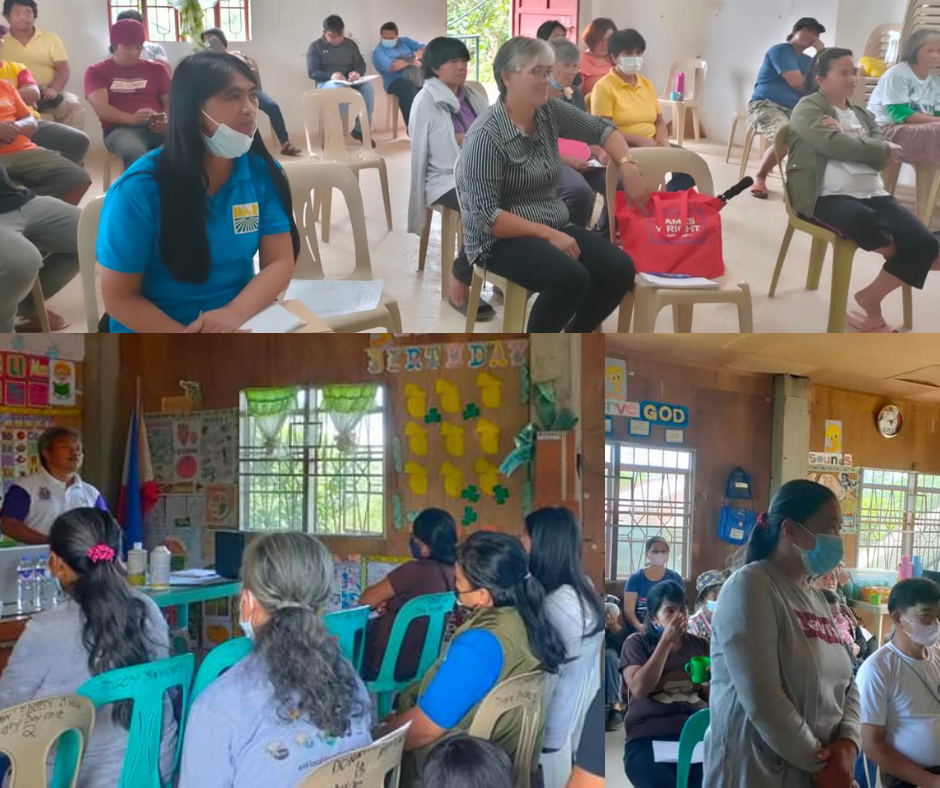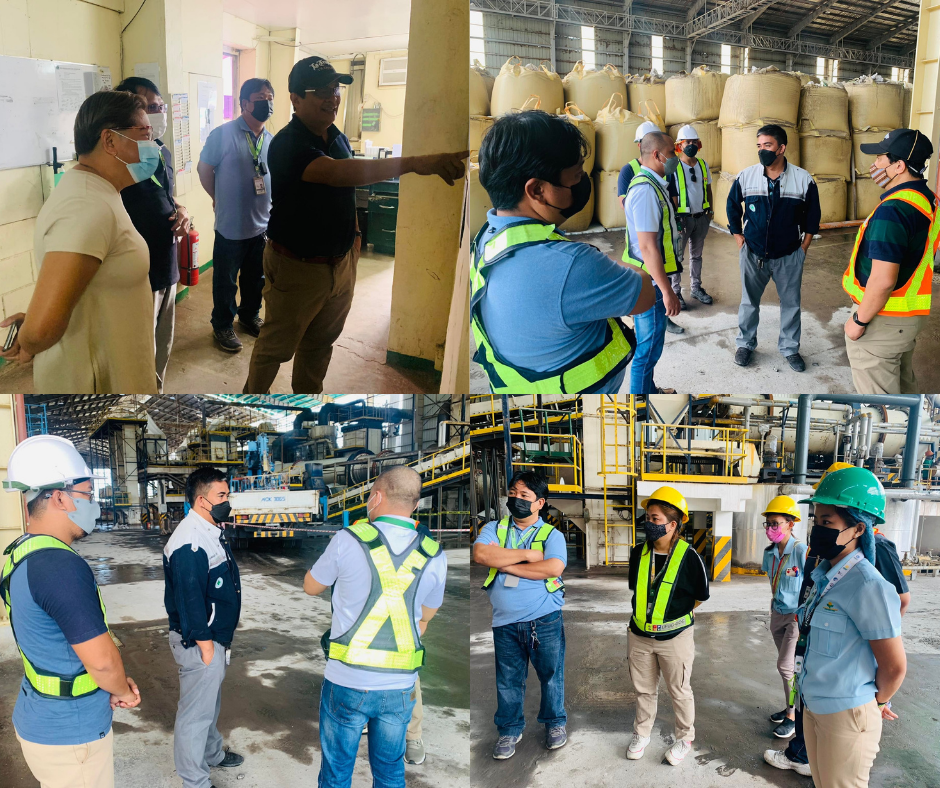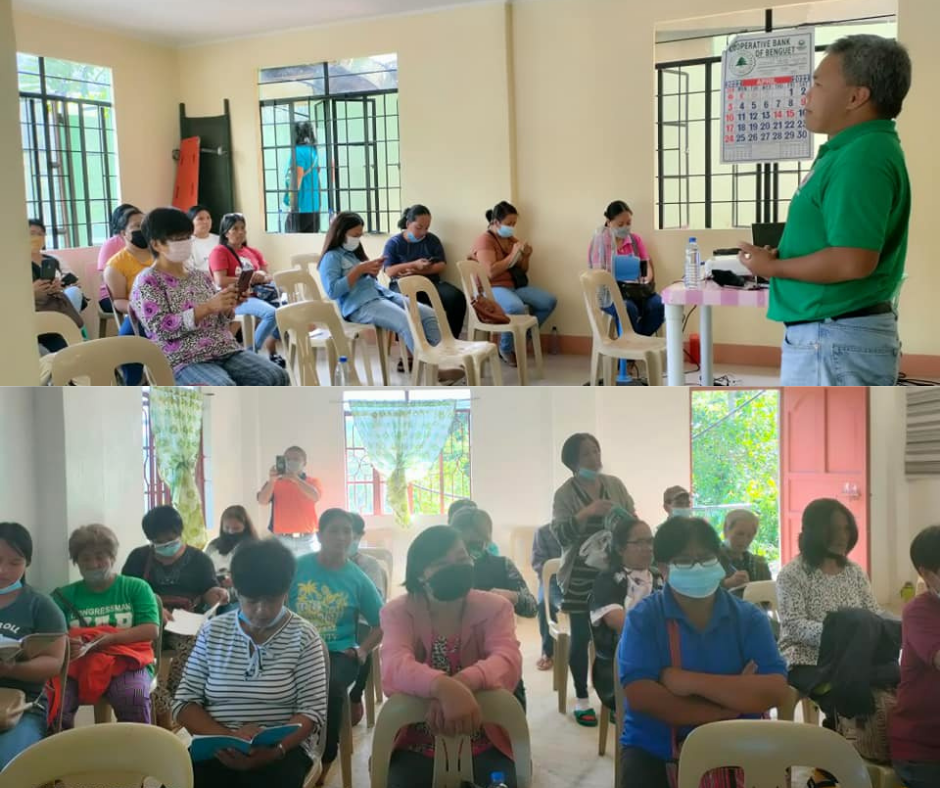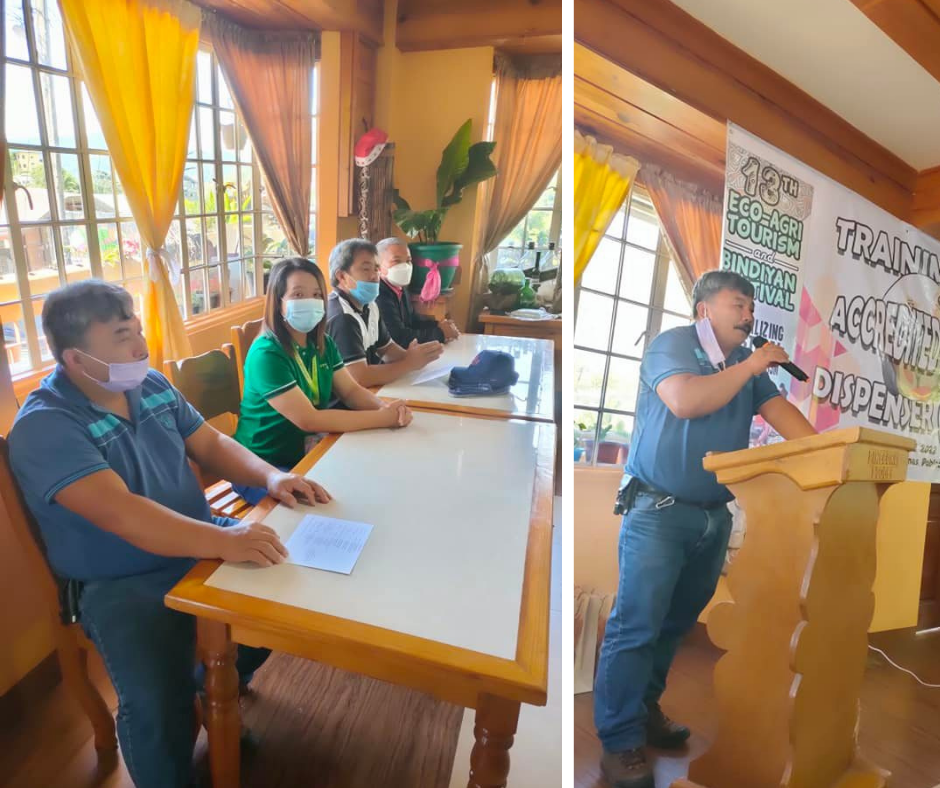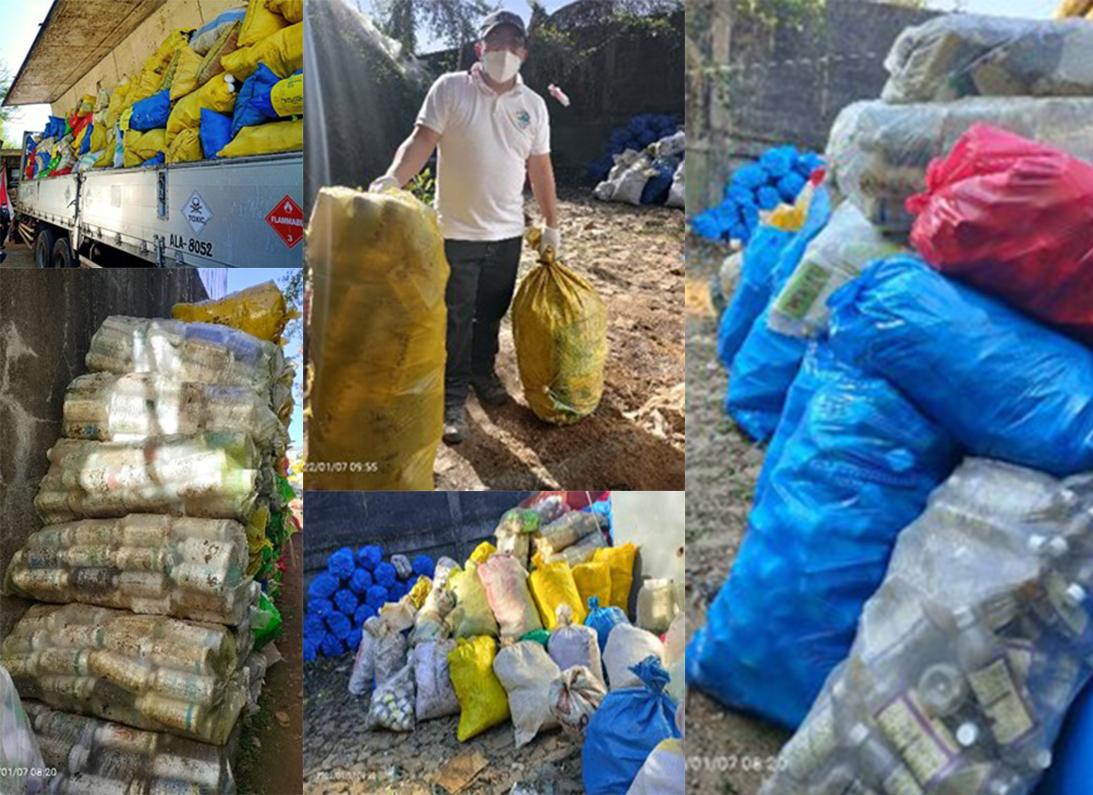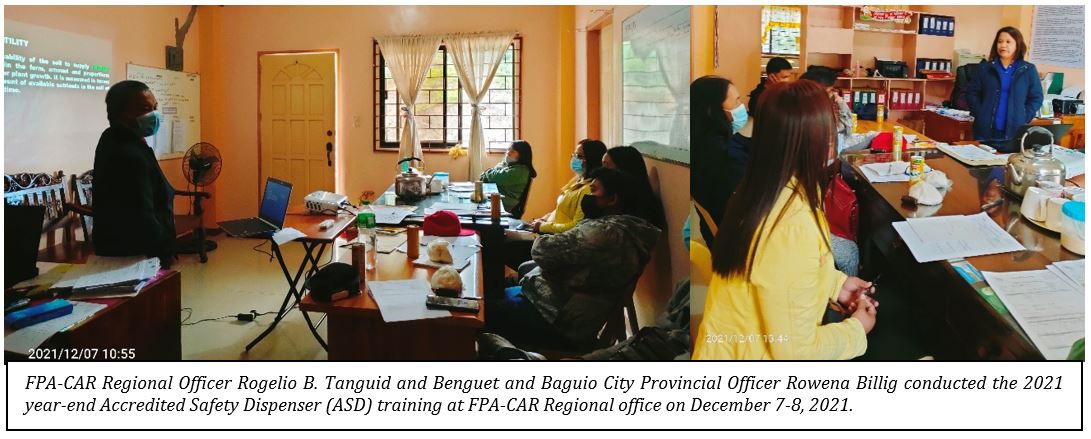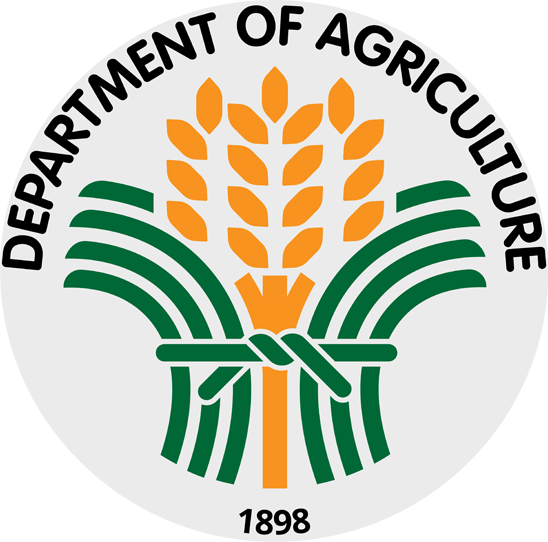Cordillera Administrative Region

PROFILE
Abra l Apayao l Benguet l Ifugao l Kalinga l Mountain Province
--- APAYAO ---
Physical Profile:
The Province of Apayao is one of the six provinces of the CAR. It is located in the northwestern part of Luzon. It is bounded on the East and North by the Province of Cagayan, on the West by the Province of Ilocos Norte and Abra, on the South by the Province of Kalinga.
The province is composed of seven 7 municipalities and 134 barangays and geographically subdivided into two separate regions the Upper and Lower Apayao. Upper Apayao is composed of the upland municipalities of Calanasan, Conner, and Kabugao. Lower Apayao is composed of the lowland municipalities of Luna, Pudtol, Flora, and Sta. Marcela. With an approximate land area of 5,113 square kilometers, Apayao has the largest land area in the entire region sharing almost 26% of the Region’s total land area of 19,748.85 square kilometers.
Calanasan shares the largest land area in the province with a total land area of 1,692.27 square kilometers or a percentage share of 33.10% of the total land area. Meanwhile, the Municipality of Sta. Marcela is the smallest municipality in terms of land area with only 196.10 square kilometers or a percentage share of 3.84% of the total land area.
Agricultural Profile:
The province of Apayao produced 11,815 metric tons (MT) of crops during the first semester of 2018. Crop production of the province increased by 8.7% or 944MT compared to the 10,871 MT produced in first semester of 2017.
The top three crops of the province are cassava with 76.3% (9,020.5 MT) contribution to the total production in Apayao, followed by banana with 7.9% or 933.4 MT, and squash fruit with 6.5% or 766.4 MT.
Apayao is the top producer of cassava with 6.1 of the regional cassava production; second top producer of squash fruit 22.2% and third top producer of banana with 9.10%.
--- KALINGA ---
Physical Profile:
Kalinga is derived from the Ibanag and Gaddang noun “kalinga” which means “enemy”,”fighter”, or “headtaker.”
It is a loandlocked province in the Philippines situated within the Cordillera. Its capital is Tabuk City and borders Mountain Province to the south, Abra to the west, Isabela to the east, Cagayan to the northeast, and Apayao to the north. Kalinga and Apayao are the result of the 1995 partitioning of the former province of Kalinga-Apayao which was seen to better service the respective needs of the various indigenous peoples in the area.
The province covers a total area of 3,231.5 square kilometers occupying the central section of the CAR region. Its topography is rugged and sloping, with mountain peaks ranging from 1,500 to 2,500 meters above sea level (m.a.s.l.). The province’ western side is characterized by sharp, crested, interlinking peaks of steep slopes, isolate flatlands, plateaus and valleys. The eastern lands are mainly of rolling and gradually sloping foothills.
Agricultural Profile:
Kalinga produced a total of 30,986.2 MT of crops during the first semester of 2018. Production increased by 21% or 5,371.2 MT compared with the 25,615.0 MT crop production of the province in same period in 2017.
The top three crops produced by the province were sugarcane with 28,107.0 MT or 90.7% contribution to the total production of the province, followed by banana with 2.9% or 888.5 MT and coffee with 2.6% or 801.2 MT.
Kalinga was the top producer of the region in sugarcane with 97.6% of the total regional sugarcane production.
--- MOUNTAIN PROVINCE ---
Physical Profile:
Mountain Province is a landlocked province in Cordillera. It is bounded in the North by Kalinga and Abra, east by Isabela and Ifugao, south by Ifugao and Benguet, and west by Ilocos Sur. It has a total land area of 2,157.38 square kilometers. It is known for its hilly land and deep narrow gorge with steep sides. Stones are visible along river banks, waterfalls, narrow valleys, and caves. The angle of elevation went as high as 2,714 meters to the top of the mountain.
The province is a lone district comprised of 10 municipalities and 144 barangays. The municipalities are Sadanga, Natonin, Paracelis, Barlig, Bontoc, Besao, Sagada, Bauko, Tadian, and Sabangan. Its capital is Bontoc.
Agricultural Profile:
Mountain Province produced 10,712.6 MT of crops during first semester of 2018 This was 4.6% of the regional crop production. The province’s crop production increased by 2.5% (259.0 MT) compared to the 10,453.6 MT during the first semester of 2017.
The top three crops produced by the province were white potato with 28.9% or 3,101.1 MT, followed by cabbage with 24.4% or 2,610.6 MT, and carrots with 8.3% or 893.1 MT.
Mountain Province was the second top producer of the region for the following crops: white potato with 9.8% of the regional white potato production, cabbage with 6.25% and carrots with 4.6% (PSA, 2018).
Paracelis and Bauko are the two top commercial producers of crops in the province. Bauko produces 47,796 MT of highland vegetables and Paracelis produces 33,109 MT of rice and corn. A total 80,905 MT of major crops can be produced by the two municipalities and rest were produced by the eight municipalities.
The cool climate in the western municipalities of the province is an advantage in the production of highland vegetables over the lowland provinces. In like manner, Paracelis is also appropriate in the production of corn that supplies feed mills in Cagayan Valley.
For highland vegetable production in Bauko and some parts of the western municipalities, the market outlets are Baguio City and Santiago City in Isabela. The inputs for commercial fertilizers and pesticides, likewise, are imported from these markets outlets for those who can afford. But for some farmers, the needed inputs are provided by middlemen who buy the produce during harvest and subtracting the cost of fertilizers and other incidental expenses. This scheme makes the farmer vulnerable to the dictates of middlemen.
For rice and corn produced in Paracelis, these are marketed to Santiago City since the city is the nearest market outlet in the municipality. The same pattern is observed for some farmers who depend on the middlemen for the cost of fertilizers and paying them from the produce afterwards.
These are the factors that despite the province’s comparative advantages as a vegetable producer due to its cool climate, most farmers remain poor and live at subsistence level.
On livestock production(which include cattle, swine, and free-range chicken), Paracelis produced the highest number of 2,199.12 MT of livestock followed by Bontoc (1,246.17 MT) and the least producer is Barlig (132.82 MT). Livestock are marketed within the province and outside like Buguias and Mankayan in Benguet. Minimal fish production is observed in all the municipalities considering that these areas are raised in rice paddies, small number of fishponds and along rivers or streams.
AGRICULTURAL PRODUCTION ACCOUNTS
Source: Philippine Statistics Authority
B. Value of Production in Agriculture at Current Prices, CAR, 2018 to 2020
C. Percentage Distribution of Value of Production in Agriculture, CAR, 2018 to 2020
D. Volume of Production in Agriculture, CAR, 2018 to 2020
E. Average Farmgate Prices in Agriculture, CAR, 2018 to 2020




